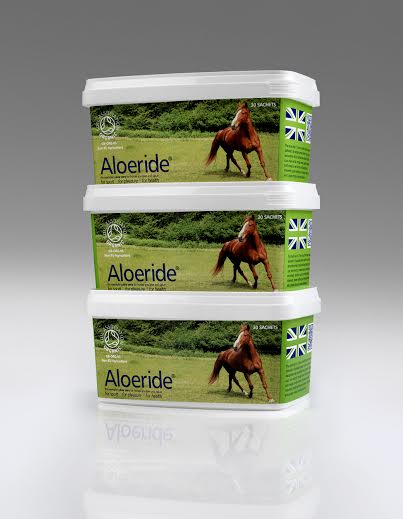Specialty chemicals group LANXESS AG will exhibit its range of phosphorus flame retardants at UTECH Europe in Maastricht, the Netherlands, from March 31 to April 2, 2009. The wide-ranging product portfolio of the Functional Chemicals business unit meets virtually all the polyurethane industry’s requirements. The flame retardants come in three product lines – Bayfomox, Disflamoll and Levagard – and offer significant advantages and excellent flame retardance, even in complex applications. The focus of the exhibition will be on the new Bayfomox Coating system, which offers the construction industry fire protection, insulation and noise reduction in one manufacturing operation.
Flame retardants must inhibit, slow down or suppress combustion processes. Depending on the polymer and fire test involved, they act during one or more phases of the combustion process – heating, decomposition, ignition, flame propagation or smoke development. Flame retardants can act either chemically or physically during combustion, with several reactions possible simultaneously. The Functional Chemicals business unit’s Bayfomox, Disflamoll and Levagard ranges meet varying chemical and technical product demands made of flame retardants. Without these important additives the use of polyurethane in the construction industry, for example, would not be possible at all.
Under the proprietary name Bayfomox, LANXESS offers a reactive dual-component polyurethane system that is used to manufacture extremely flame-retardant articles for fire stop applications. This enables items with a general building certification – such as strips, mats or “masonry blocks” – to be produced to seal holes in masonry for cables or pipes. When exposed to high temperatures in an emergency, the molded parts turn into a heat-insulating carbonized foam that prevents both fire and fumes getting through for a long period.
The new Bayfomox Coating system lends polyurethane insulating boards three important properties in one manufacturing step, when in the past three separate operations were necessary. The properties in question are good thermal insulation, high fire resistance and acoustic insulation to DIN EN ISO 10534-2. The system is suitable for the manufacture of insulating boards with a fire resistance rating according to Class F45-F60 for floors, walls as well as sloping and flat roofs. The two-component system can be modified by the customer, e.g. through the addition of water or a cell regulator and the variation of the isocyanatepolyol ratio, thereby enabling customized adjustment of the foam density, softness and cell density of the coating.
The halogen-free phosphoric esters of the Disflamoll range are suitable for a large number of applications. They have proved particularly effective both in rigid and flexible polyurethane foam applications and in coatings, adhesives and sealants. When used in CASE (coatings, adhesives, sealants and elastomers) applications, Disflamoll TOF and Disflamoll DPK demonstrate both a plasticizing and flame-retardant effect.
Levagard products are particularly adept at making rigid polyurethane foam flame-retardant. Levagard DMPP and Levagard TEP-Z are highly effective, halogen-free phosphorus compounds that lend themselves to applications in the construction industry, for example in insulating foams.
The Functional Chemicals business unit belongs to the Performance Chemicals segment, which achieved total sales in fiscal 2008 of EUR 1,930 million.
Source: specialchem4polymers.com





